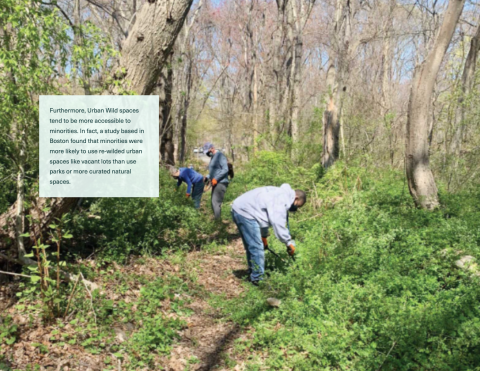
Course: BIO7 Global Change Biology
Collaborators: Colin Orians, Sean Corning (Science Librarian)
Class size: 60+
Brief Description: In teams of four, students create a StoryMap on an environmental biology topic. Your story must engage in the science of the topic and find ways to make complex ideas accessible.
Duration of assignment: Semester project
DDS Support provided: 1-2 workshops modeling the process of researching, collaborating and creating the final project, canvas modules embedded in the course that walk students through the process, course online guide.
Assessment: Peer review is assigned mid-semester, final projects are assessed using a rubric and reflection papers that incorporates assessment of their groupmates as well as their own work throughout the semester.
Example: The Ocean’s Most Imperiled Whale: The North Atlantic Right Whale is on the brink of extinction. By Amelia Macapia, Julia Steiner, Luke Steiner, Nick Siegal
Example: The Urban Wilds of Boston: Past, Present, and Future: What can we learn from and how can we contribute to Boston's growing urban wilderness? By Nitika Subramanian, Harrison Tun, Victoria Rojas, Gus Gladstein
Faculty reflection: What inspired you to incorporate a project that engages with creative media and methods into your course curriculum? "Having students work in teams on a visual project provides students with critical teamwork skills but also an opportunity to explore how to make complex information accessible."
Student reflection: "I think it is crucial to incorporate different perspectives into a story. For instance, when we were coming up with potential problems with the program there were many that we had to discover through our own critical thinking. The locations of the urban wild sites tend to be in wealthier neighborhoods or those that are actively being gentrified. Only by matching the maps of the urban wilds with the distribution of wealth in Boston could that trend be identified."